How EUROGATE established a data mesh architecture using Amazon DataZone
AWS Big Data
JANUARY 15, 2025
Their terminal operations rely heavily on seamless data flows and the management of vast volumes of data. Recently, EUROGATE has developed a digital twin for its container terminal Hamburg (CTH), generating millions of data points every second from Internet of Things (IoT)devices attached to its container handling equipment (CHE).

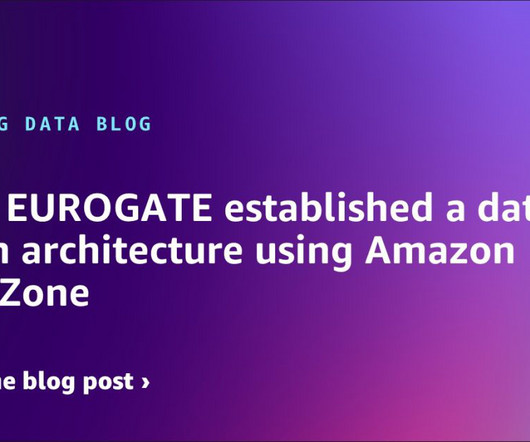
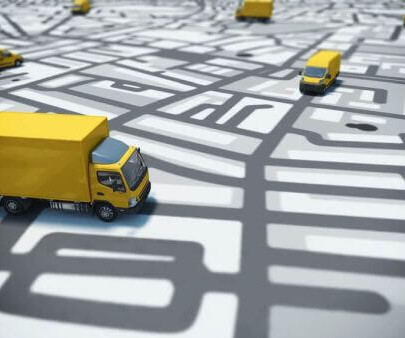
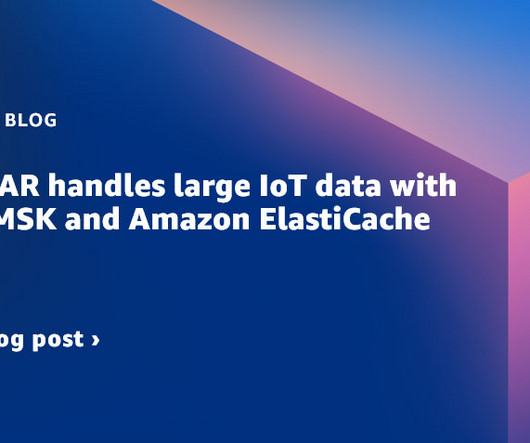
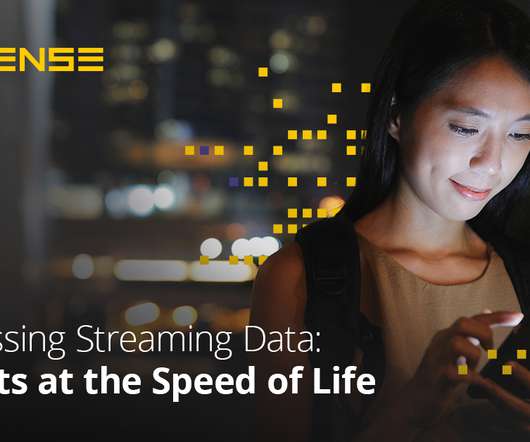

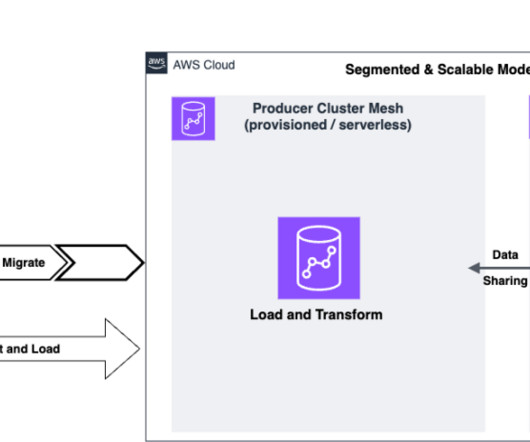
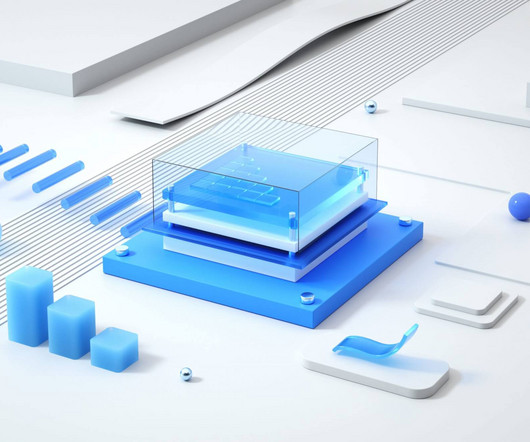
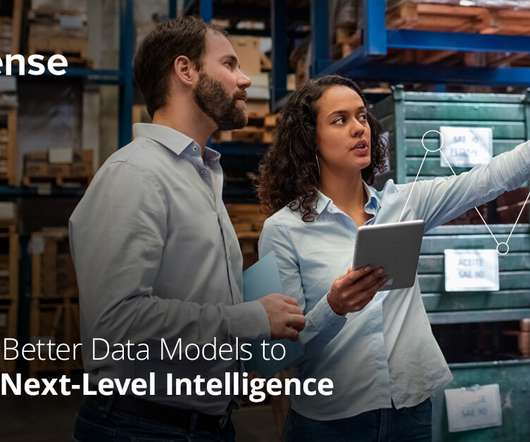
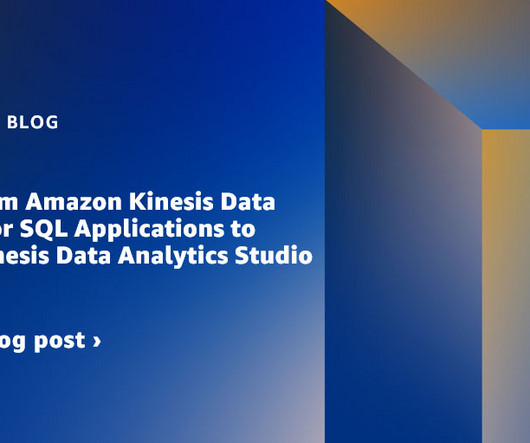
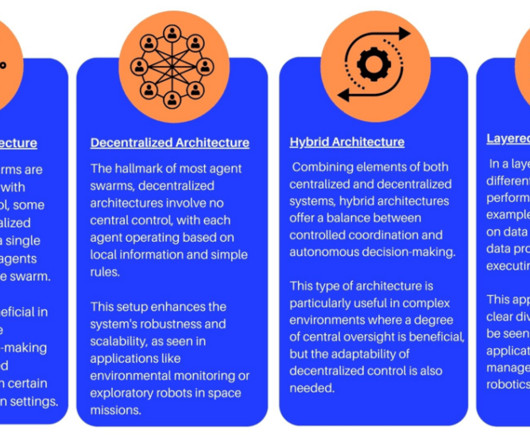








Let's personalize your content